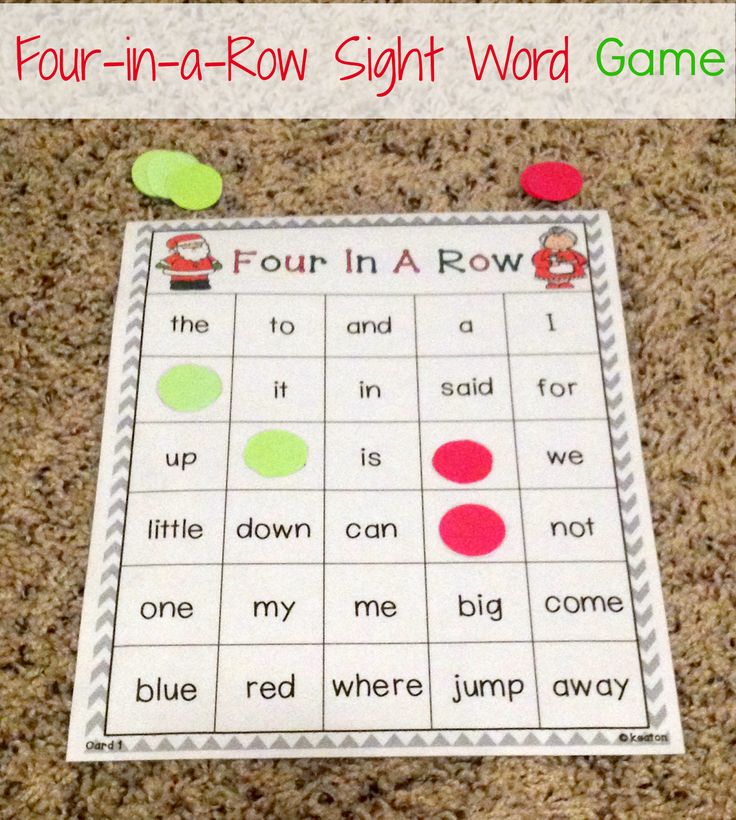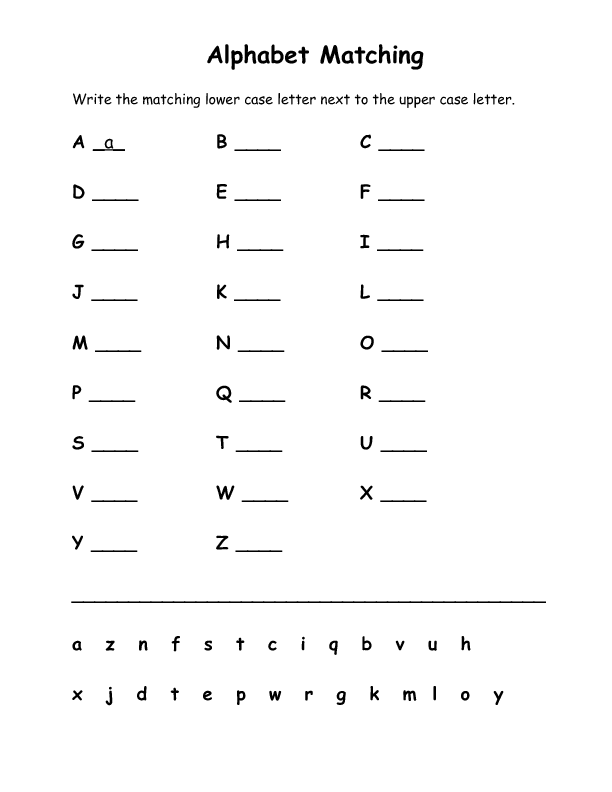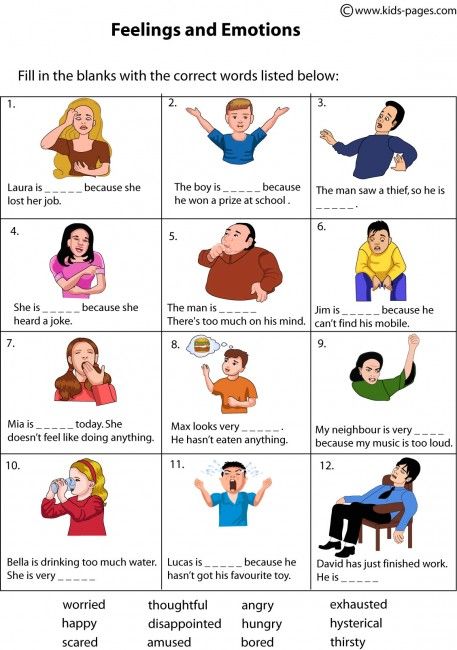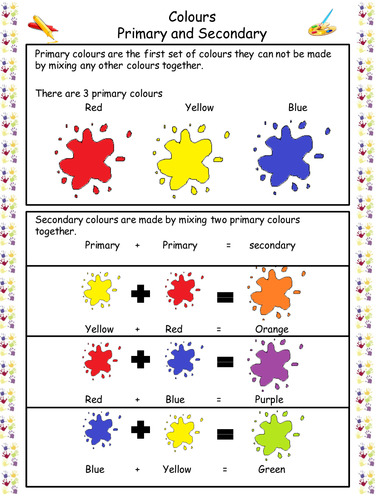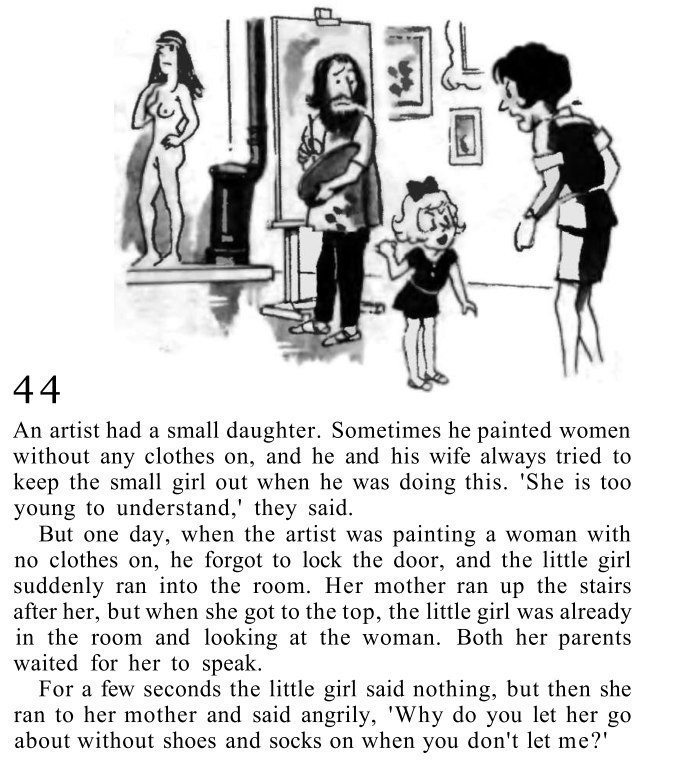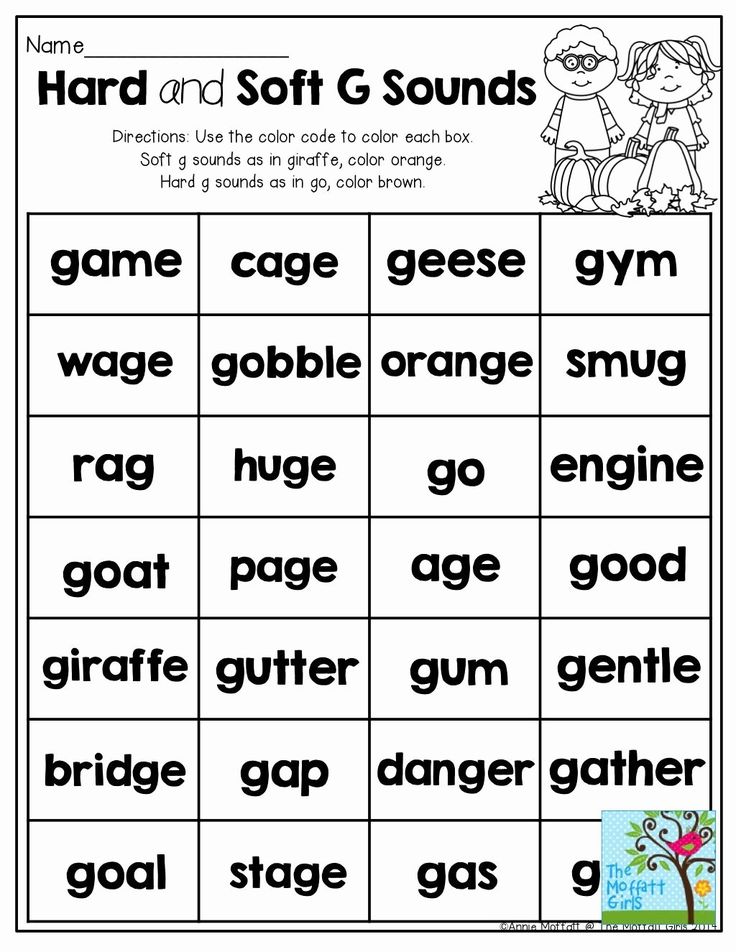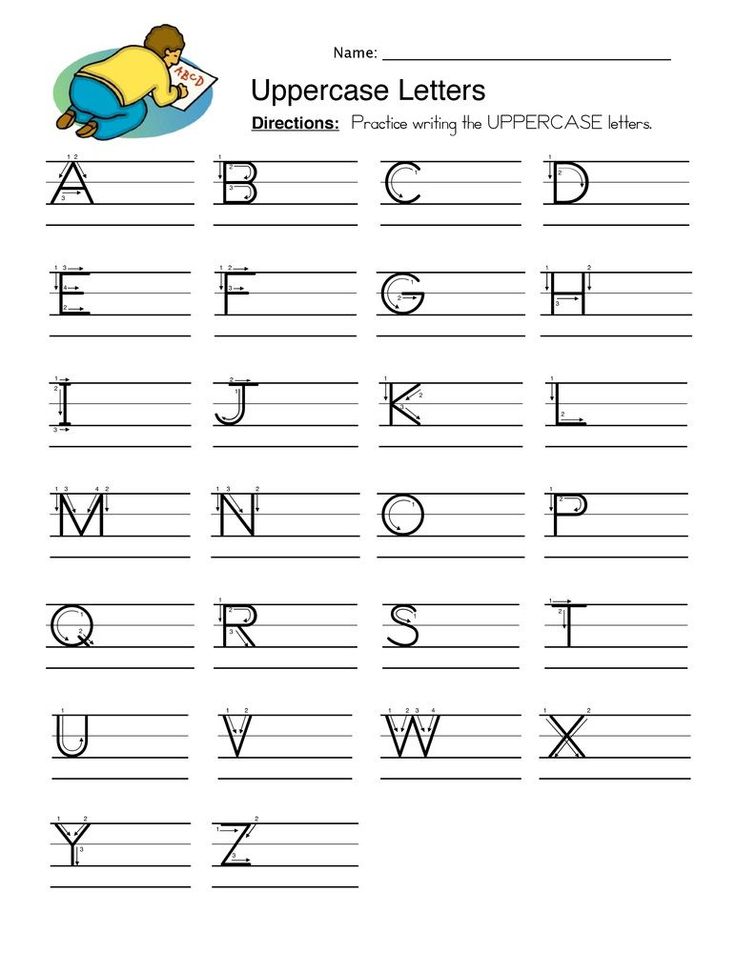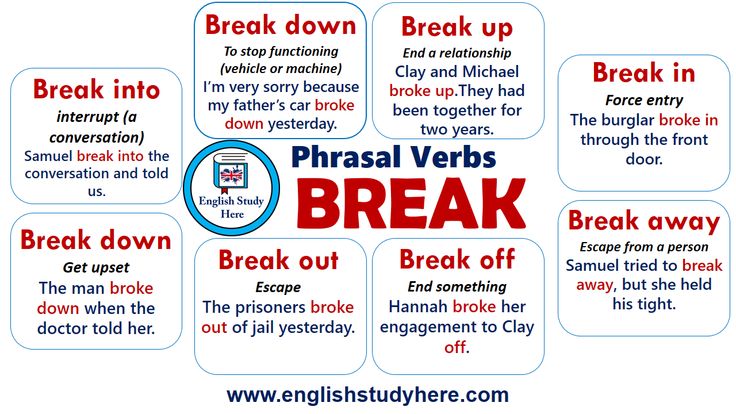Sight word game ideas
48 Fun Sight Word Activities That Work
Teachers are always on the hunt for great sight word activities. Sight words are any words readers recognize automatically “by sight”—for fluent readers, that’s almost all words! High-frequency words, the most commonly occurring words in written English like those on the Dolch list, are often thought of as the most crucial sight words.
It’s a myth that blindly memorizing every letter in a sight word is the only way to learn it. The science of reading tells us that linking sounds and letters is the most effective way for kids’ brains to learn any word. Many common words are easy to tackle using beginning phonics skills (like “at,” “can,” “him,” etc.), so staying true to a strong phonics curriculum is one way to support kids’ sight word learning. Even irregularly spelled words have decodable parts, e.g., kids can use the sounds of “s” and “d” to help with “said,” even if the “ai” is unexpected. Experts often call these words “heart words” to call out for kids that they should learn the unexpected word parts “by heart.
” (If all this is unfamiliar to you, it can feel overwhelming, but you’ve got this! Check out teaching guru Jillian Starr’s explanation for more help.)
Check out these low-prep and engaging sight word activities for both teaching and practicing words.
1. Map it and drive it
This is a genius way to introduce words with appealing materials: Say the word, represent each sound with a LEGO brick, write letters for each sound, and “drive” to read it.
Source: @droppinknowledgewithheidi
2. Smush play dough for each sound
Set up a routine that works for any word. Play dough squishing for each sound is the ultimate multi-sensory component.
ADVERTISEMENT
Source: @playdough3plato
3. Map words with a magnet wand
It is so super-satisfying to drag those magnetic dots around! Watch the video below for lots of tips on introducing a word using this process.
Source: @warriorsforliteracy
4.
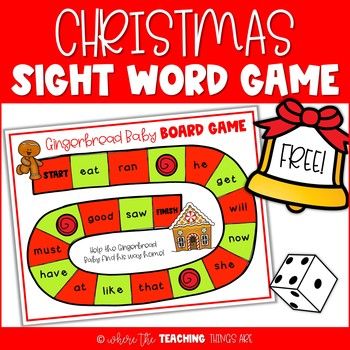 Make a mini book
Make a mini bookLots of handy info in one place for your little learners.
Source: @hughesheartforfirst
5. Tap it, pop it, learn it!
Hardwire those words in kids’ brains with this comprehensive word intro routine. (You had us with the pop its!)
Source: @hellojenjones
6. Find and swat words
An oldie but such a goodie. Find a word in an array and WHACK! Swat it with a fly swatter!
Source: @kids_play_learn_laugh
7. Flip word pancakes
Serve up sight word pancakes while practicing spelling them aloud.
Source: @bee_happy_teaching
8. Wear heart word bracelets
Make kids feel like sight word VIPs.
Source: @teachingmoore
9. Search for sight word balls
Write sight words on ball pit balls with a chalk marker or dry-erase marker. Kids can race around hunting for balls to read and toss in a basket, or hunt through a big tub of balls for a certain word.
Source: @preschoolforyou
10.
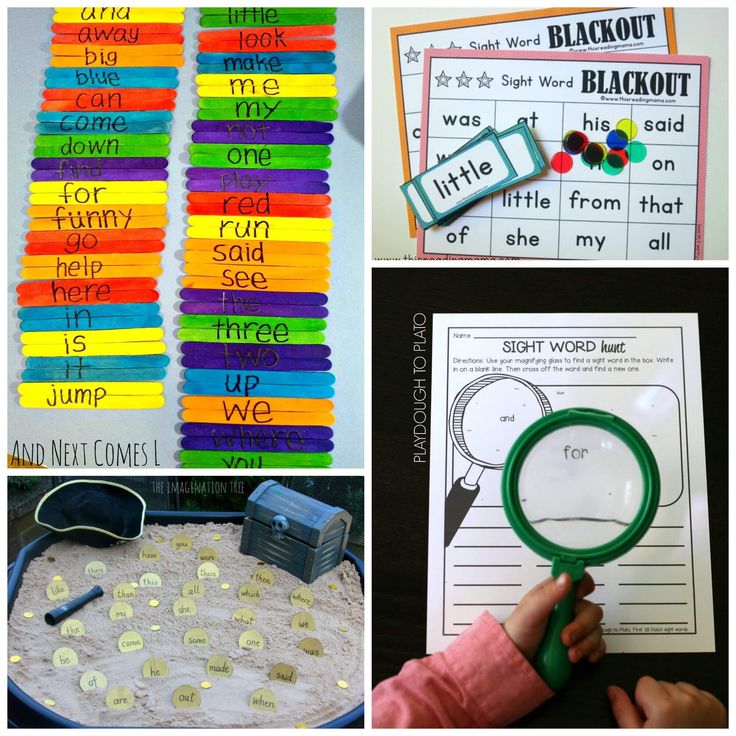 Start a sight word band
Start a sight word bandLoud but oh-so-fun! Feel the rhythm while tapping and reading sight words stuck to homemade percussion instruments.
Source: @earlyyears_withmrsg
11. Drive on a sight word path
This is one of many fun ways to use magnetic tiles for learning! Kids love “knocking down” word tiles with a toy car as they read each one.
Source: @travisntyler
12. Use sticky notes to inspire sight word sentences
Have kids stick words on items that give them ideas for sentences. “My Mom said to wear a helmet!” = so good!
Source: @kinneypodlearning
13. Write words on a sensory bag
So easy: Fill a zip-top bag with a small amount of kid-safe paint, seal well, and have kids practice “writing” sight words with their finger or a cotton swab.
Source: @makeitmultisensory
14. Wear a sight word crown
Wear your word proudly and practice reading others’ words. Fun in person or virtually.
Source: @mrsjonescreationstation
15. Play a magnetic-tile board game
We love new ideas for ways to use magnetic tiles for sight word activities. Easy to set up and fun to play.
Source: @twotolove_bairantwins
16. Spell words to a familiar tune
Get sight words stuck in everyone’s head, in a good way. We’d add a line for chanting the sounds in the word!
Source: @saysbre
17. Feed a word monster
Nom, nom, nom.
Source: @ecplayandlearn
18. Search for the pom-pom under sight word cups
Read all the words as you try to find the cup that hides the prize.
Source: @la.la.learning
19. Play sight word KABOOM
This classroom classic is perfect for sight words. If you need a refresher on the rules, Jillian Starr covers them.
Source: @essentiallykinder
20. Roll and write words
Roll, write, repeat.
Source: @mylittlepandamonium
21. Write words with rainbow colors
Bonus points for aromatic markers.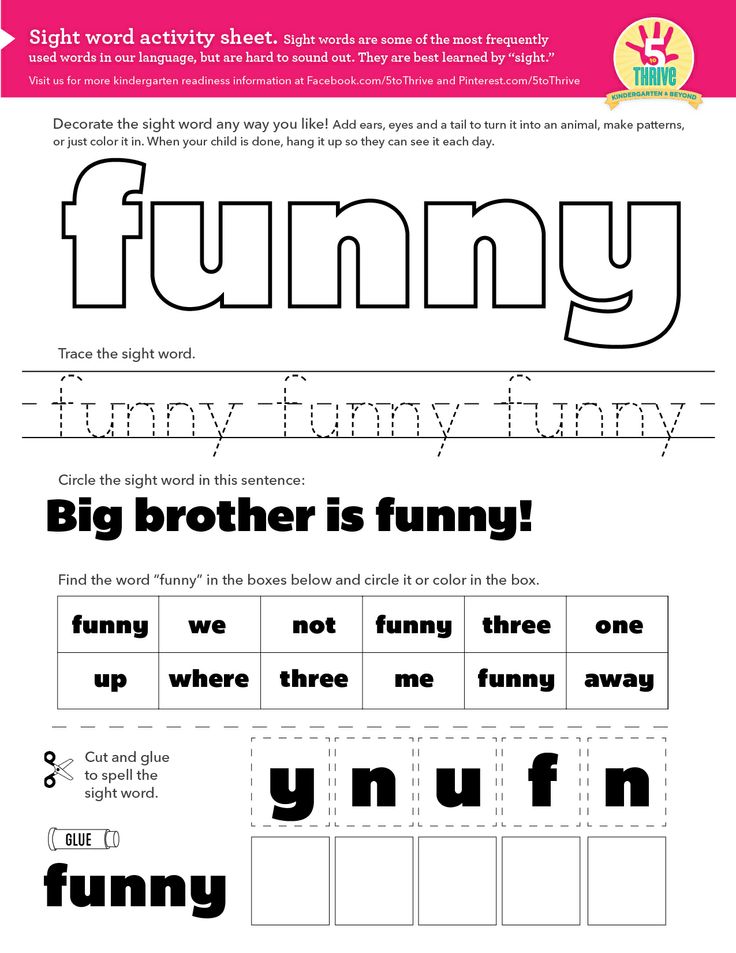
Source: @mylittlepandamonium
22. Trace words with flashlights
Stock up on batteries because kids never get tired of this!
Source: @giggleswithgerg
23. Find words in plastic eggs
Give kids a checklist of words to find as they open each egg.
Source: @blooming_tots1
24. Spy words around the classroom
Just add a magnifying glass and clipboard to make kids feel like supersleuths!
Source: @readingcorneronline
25. Find words in the morning message
Don’t forget about old standbys! This is one of our favorite ways to get kids to recognize sight words in connected text.
Source: @tales_of_a_kinder_classroom
26. Build words with bricks
Such a great use of extra building bricks!
Source: @raysinkinder
27. Write words in sand
Easy-peasy to set up and keep neat if you use plastic pencil boxes.
Source: @teacherhacks
28. Spell words on a construction site
Bulldozing over each word to read it is the best part!
Source: @planningplaytime
29.
 Spell words with toy cars
Spell words with toy carsDrive on over!
Source: @lozlovesprep
30. Park in a sight word “parking lot”
This one is easy to modify based on whatever toys are available in the classroom or at home.
Source: @msbendersclassroom
31. “Plant” words in play dough
Watch those reading skills grow!
Source: @planningplaytime
32. Build words in a sensory tub
Because spelling is just more fun when your hands are covered in beans!
Source: @coffeeandspitup
33. Write words on a magnetic drawing board
That eraser track makes for a perfect word card holder!
Source: @moffattgirls
34. Or write words on the window!
Everyone wants a turn to write on the window!
Source: @kindergarten_matters
35. Shhh! Discover words written in invisible ink
Write words in white crayon and reveal them with watercolors on top!
Source: @teachstarter
36.
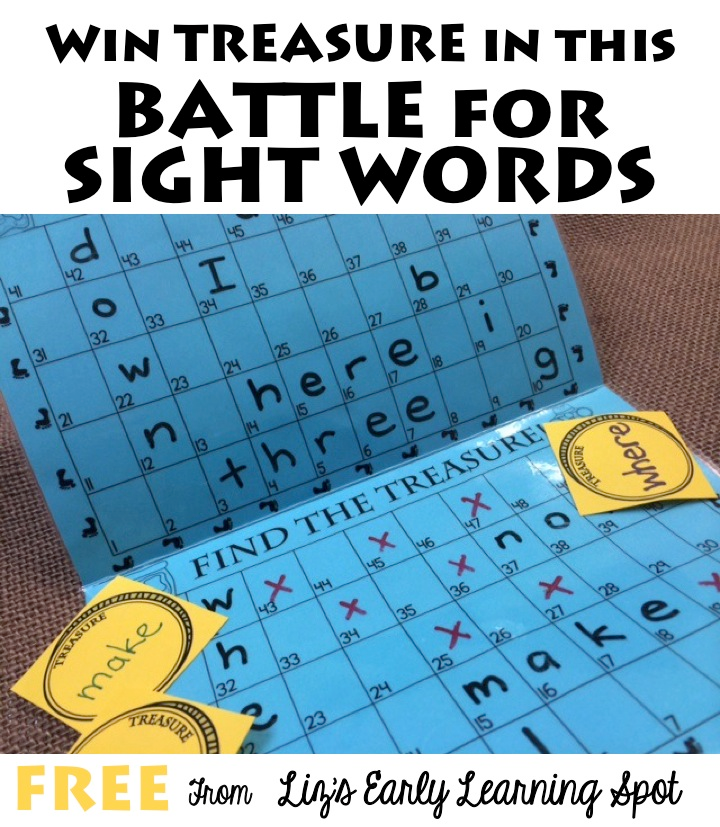 Dot-paint words with a cotton swab
Dot-paint words with a cotton swabCalming and effective.
Source: @sightwordactivities
37. “Type” words on a keyboard
Busy day at the sight word office! Use a keyboard cover or any old keyboard.
Source: @lifebetweensummers
38. Read words before heading through the door
The line leader can double as the word pointer during transitions.
Source: @ms.rowekinder
39. Read the word the teacher’s wearing!
Wait, is there something on my shirt?
Source: @theprimarypartner
40. Take a sight word cakewalk
Choose a winning word when the music stops!
Source: @joyfulinkinder
41. Play sight word hopscotch
If you can’t get outdoors, tape on the floor works just as well.
Source: @wheretheliteracygrows
42. Play tic-tac-toe
I’ll be team “the.”
Source: @create_n_teach
43. Go sight word bowling
No bowling pins? Use half-filled plastic water bottles instead.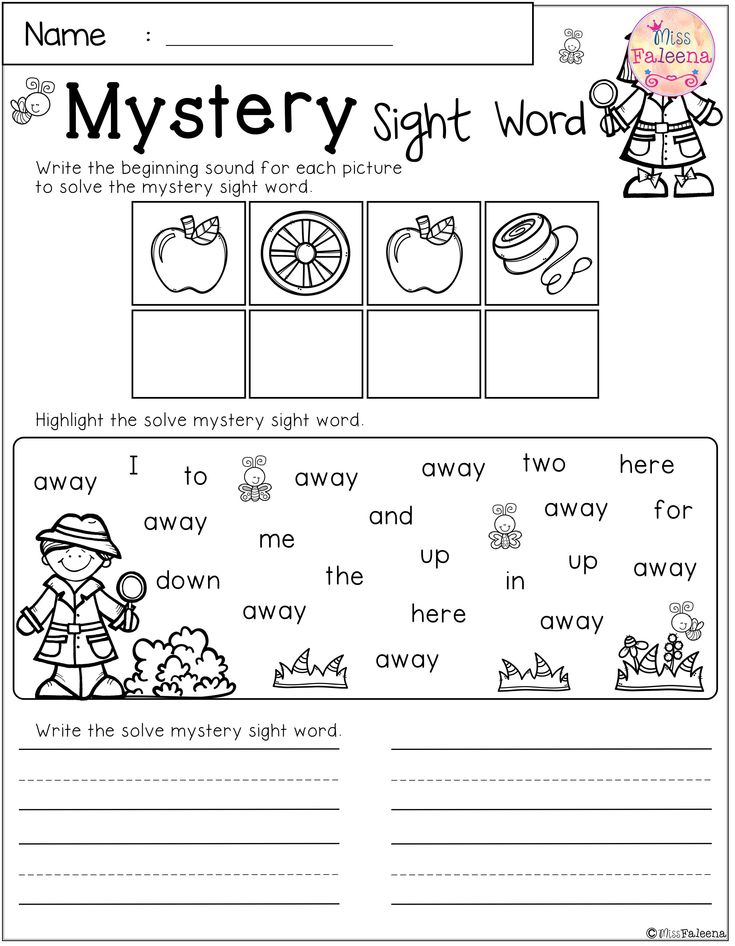
Source: @thecreativeteacher_
44. Ready, aim, read
Just throw a beanbag at a word target if foam darts are a no-go.
Source: @laurens_lil_learners
45. Play muffin tin ball toss
Toss and read. It’s easy to use colored muffin cups to prep different sets of words.
Source: @homeschooling_fun_with_lynda
46. DIY sentence flash cards
Authentic use of words in context for the win.
Source: @teachertipsandtales
47. Play sight word checkers
King me! If kids don’t have a partner available, they can “play” with a stuffed animal and get double practice.
Source: @sightwordactivities
48. Play sight word Guess Who?
Set up this game once and use it forever.
Source: @lessons_and_lattes
We’d love to hear—what are your favorite sight word activities? Share in the comments below.
Want more articles like this? Be sure to sign up for our newsletters.
Plus, what are sight words?
25 low-prep sight word activities
This post contains affiliate links. As an Amazon Associate I earn from qualifying purchases.
As an Amazon Associate I earn from qualifying purchases.
Today I’m sharing some simple sight word activities that you can prepare in minutes!
So what are sight words, anyway?
Some people will tell you that sight words are words that kids can’t sound out; they just have to learn them by sight. Others tell you that sight words are the high frequency words: the words that kids encounter the most when they read.
But researchers tell us that sight words are words we recognize automatically without needing to sound out or guess.
The real question is … how can we turn high frequency words INTO sight words?
The number one thing to do is to teach each word explicitly. That’s why I created my set of sight word lessons with decodable books.
Once you’ve taught the words with attention to the spelling patterns (these sight word worksheets are also great for this), you’re ready for these low prep sight word activities that you can put together in under 15 minutes!
1- It takes just 5 minutes to set up Sight Word Sticky Note Match.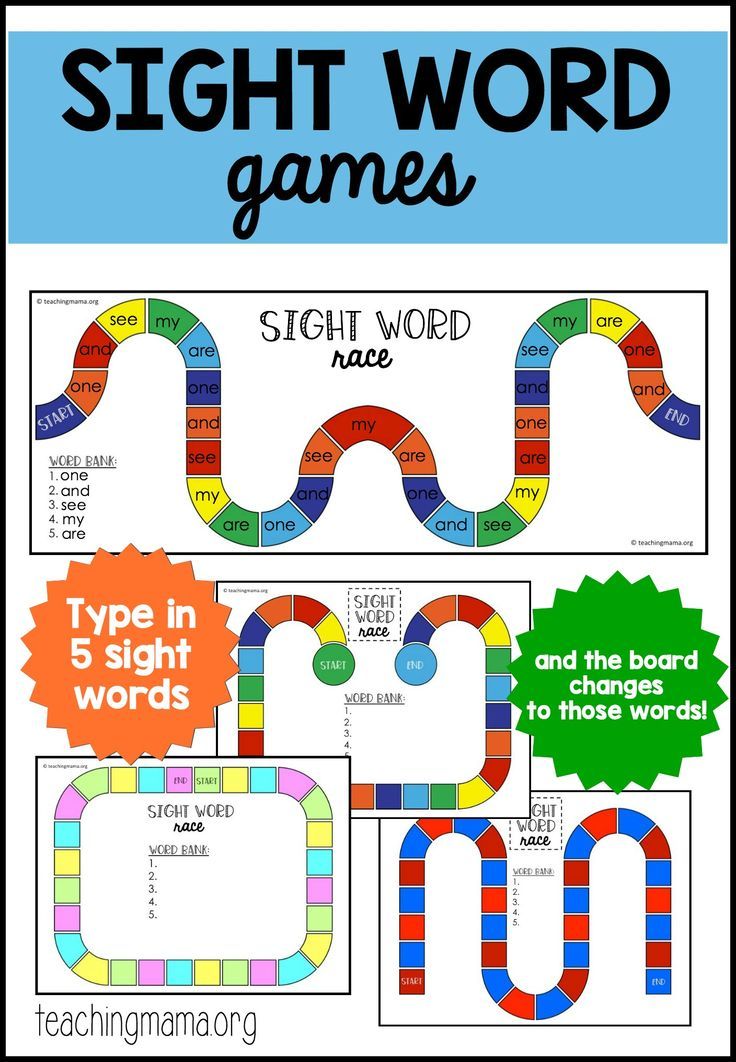 Just write the words on sticky notes and have your child cover the words on a dry erase board!
Just write the words on sticky notes and have your child cover the words on a dry erase board!
2 – Grab your alphabet stamps and some play dough for this simple sight word activity.
3 – Write the words on sticky notes. Then have your child write them in sand.
4 – Teach sight word songs.
THE BEST SIGHT WORD WORKSHEETS
Sight Word Worksheets – Based on the science of reading!
$15.00
Just say no to busywork! These high frequency word worksheets are the real deal. They’ll help your students connect the sounds to the letters and finally master those sight words!
Buy Now
5 – Write the words on sticky notes. Then have your child swat each sight word with a fly swatter as you name it!
6 –Do fun actions with your sight words with This Reading Mama’s free action cards.
7 – Write sight words in play dough with a stick or wooden skewer.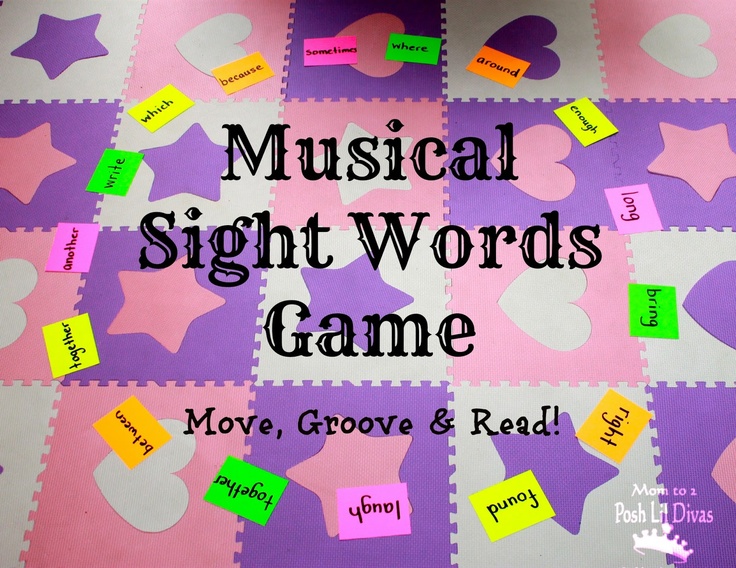
8 – Try chanting sight words in a variety of different ways – like a robot, a cheerleader, and more! You can get free sight word chants on TPT here.
HANDS-ON PRACTICE FOR SIGHT WORDS
High Frequency Word Practice Mats – 240 words!
$24.00
Teachers love our practice mats because they’re low-prep and effective. Kids love them because they’re engaging and hands-on!
Buy Now
9 – Make a sight word memory game. Just write each sight word on two different index cards. Then turn the cards over and invite your child to find the matches.
10 – Print these free sight word cards and build the words with letter tiles. When you join This Reading Mama’s free email list, you’ll get lots of free sight word cards! Learn more here.
11- Learning is always more fun with dice! Grab these free rainbow roll & write pages for a variety of sight words.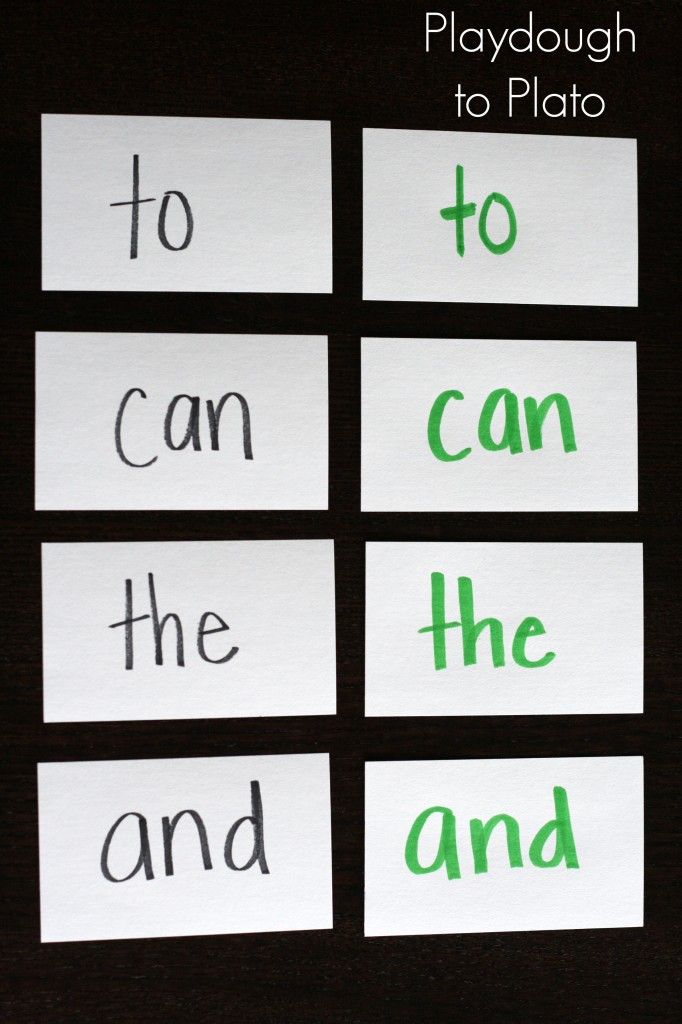 Kids roll a die, check the key at the top of the page, and write the word in a particular color.
Kids roll a die, check the key at the top of the page, and write the word in a particular color.
12 – This is such a creative way to practice writing sight words! Find the words with a magnifying glass and write them on the lines. Get the freebie here.
13 – Are you students learning beginning sight words? Print and play sight word blackout.
14 – Simply write your child’s sight words on a piece of paper and have him stamp them with alphabet stamps.
15. Grab the play dough, a sheet protector, and a dry erase marker. Your child can build the word with play dough and write it on the lines below. Get the freebie here.
16 – Grab these free color-by-sight-word pages.
17 – Get some colorful craft sticks and write the words with a permanent marker for some simple sight word puzzles.
18- Sight Word Showdown is both simple and genius! Just grab a stack of index cards and write each word twice. Then follow the directions in this post.
Then follow the directions in this post.
19 – Write sight words in muffin tin liners and play a simple game of Three in a Row.
20 – Bury magnetic letters in a sensory material. Have children dig out the letters to build words.
21 – Make a sight word parking lot. Draw tiny parking spots on a piece of poster board, and write a sight word in each one. As you name the words, have your child park a toy car in each spot. Learn more here.
22- Practice writing sight words using a dry erase marker on a dry erase board.
23- Write sight words on craft sticks and provide some magnetic letters for this portable sight word activity.
24 – Where’s the bear? Write the words on paper cups and hide a small bear or other tiny object. Your child guesses where the bear is hiding by naming the word on the cup.
25 – Go on a simple sight word hunt by matching the sticky note sight words to the words on a clip board.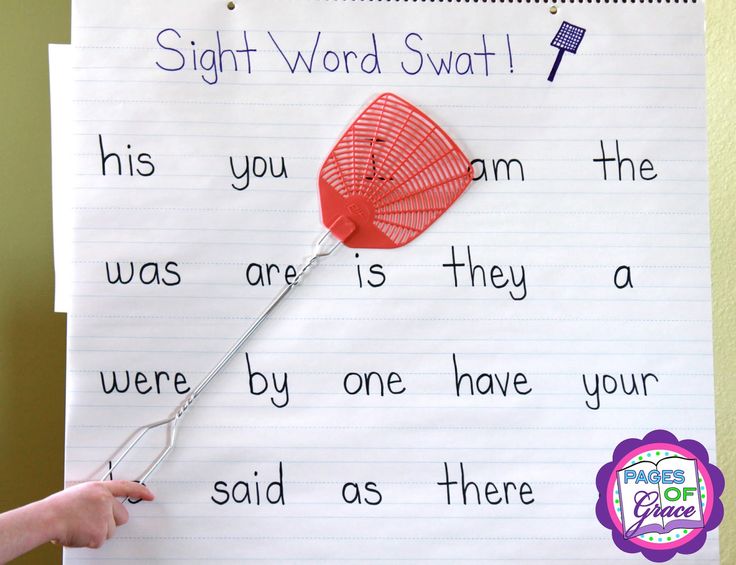 (This one’s a favorite at our house.)
(This one’s a favorite at our house.)
And there you have it! 25 low-prep ways to practice sight words!
Editable Reading Games for Every Season – MEGA PACK!
$24.00
Your students will ASK to practice their reading when you start using this versatile set of sight word games! Simply type up to 12 words, and they’ll autofill into the 150 seasonal games.
Buy Now
Free Reading Printables for Pre-K-3rd Grade
Join our email list and get this sample pack of time-saving resources from our membership site! You'll get phonemic awareness, phonics, and reading comprehension resources ... all free!
Video games are useful. Shooters restore vision, and Tetris fights post-traumatic syndrome - Tian can't play Dota - Blogs
Yana Medvedeva figured everything out.
Do video games make people aggressive? Scatter attention? Distracted from study? Studies on the negative impact of games are replicated time after time by the press and opinion leaders. However, few of them mention how games are used in hospitals, schools and even the army. And we are talking not only about special simulators designed to order, but the real commercial releases. nine0005
However, few of them mention how games are used in hospitals, schools and even the army. And we are talking not only about special simulators designed to order, but the real commercial releases. nine0005
We talk about how games treat eyesight, get rid of post-traumatic syndrome and train American soldiers.
Medal of Honor and Unreal Tournament against the "lazy eye"
How many times did your mother and grandmother ask you to wrap up with the computer, otherwise your eyesight will sit down? It is still customary to explain any problem with the eyes by the negative influence of monitors and screens. However, it was computer games that made a serious step in the treatment of "lazy eye" - an ailment that affects about 2% of the population. nine0005
Amblyopia, also known as “lazy eye”, is a disease that can have a dozen different causes. But the mechanism is the same - one eye practically does not participate in the process of vision. Due to a violation, the brain cannot compare pictures from both eyes, and therefore ceases to perceive information from a diseased organ, leaving a person to use only one visual channel. For example, this can happen due to strabismus - the brain simply turns off the picture from the diseased eye.
For example, this can happen due to strabismus - the brain simply turns off the picture from the diseased eye.
Traditional treatment looks quite prosaic. The leading eye is closed to the patient, forcing the "lazy" one to work. Best of all, such therapy helps children whose neurons are more plastic. It is also possible to disperse the vision of an adult, but much more difficult. It was this problem that scientists at the University of California at Berkeley and their colleagues were occupied with. nine0005
Dennis Levy, dean of the Department of Optometry at the University of California, has spent several years developing therapies to treat lazy eye, including video training. The approach to research was changed by his colleague from Rochester, Daphne Bavelier.
“Her visual experiments involved a graduate whose results were always superior to others. He performed tasks better, was more accurate. And he loved video games. And, according to him, he studied the effect of games on vision and came to the conclusion that gamers are better at almost everything that can be measured, ”Levi explained. nine0005
nine0005
The specialist decided to use the results obtained. In 2011, in a laboratory at the University of California, he, along with Richard Lee, collected 20 patients from 15 to 61 years old diagnosed with amblyopia. The participants were divided into three groups: one had to play action games, the other - a more relaxed version. The task of the control group was to engage in familiar activities such as watching TV or reading. All this was done with the healthy eye closed.
“We hypothesized that intense sensory-motor interactions while immersed in a game can push brain function to the limit. This will allow the amblyopic visual system to learn, recalibrate and adapt on the fly, providing plasticity,” their study says. nine0005
The trainer chosen was Medal of Honor: Pacific Assault, an EA shooter released in 2004. Patients played games or other activities for 2 hours a day for three weeks, and then re-tested for visual acuity.
The result was amazing. Only 40 hours of playing MoH allowed to improve the visual acuity of the diseased eye by more than 30%.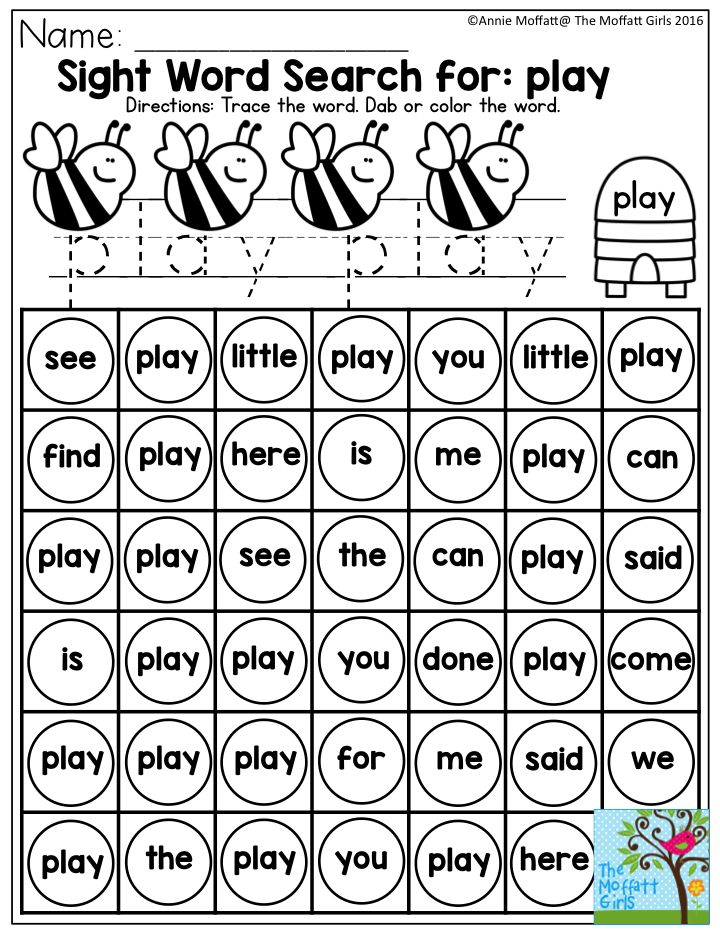 Patients were able to read one or even two additional rows in the table. Similar improvements were found in those who got a non-action game. Patients who spent hours at SimCity also began to see 30% better with their sore eye. And for participants who simply watched TV and browsed the Internet, the improvement was minimal. nine0005
Patients were able to read one or even two additional rows in the table. Similar improvements were found in those who got a non-action game. Patients who spent hours at SimCity also began to see 30% better with their sore eye. And for participants who simply watched TV and browsed the Internet, the improvement was minimal. nine0005
To test the purity of the experiment, five of the seven patients in the last group were also asked to join a game of MoH or SimCity. And after 40 hours of the experiment, their vision improved by 29%.
The results of this small study formed the basis of therapy practiced at the University of California. For example, Susanna Zarayskaya, who at the age of 29 discovered that her 2D vision was actually a disease, spoke about this experience. While studying different methods of treatment, she came to Dr. Levy, who continued to conduct experiments and helped adults and children restore vision in a weak eye. nine0005
“People around me laughed at the situation we were in. The voices of adults and children who played video games made my experience more enjoyable, ”Suzanne described her story in the book One-Eyed Princess.
The voices of adults and children who played video games made my experience more enjoyable, ”Suzanne described her story in the book One-Eyed Princess.
Gradually, the arsenal in the hands of doctors and scientists expanded. Dr. Levy tried different genres and experimented with shooters, while specialists from other universities improved their methods of interacting with games. For example, scientists at McGill University in Montreal used regular Tetris for this. Only it was necessary to play it in special glasses, thanks to which the picture for the “lazy eye” comes out more contrasting. This therapy was 4 times more effective than conventional dressing. nine0005
In 2014-2015, patients at the UC Berkeley Eye Clinic became participants in another experimental therapy. A group of researchers led by Mor Nahum and Indu Vedamurthy decided not just to use an existing game, but to create a suitable modification. Participants were now invited to play a special dichtopic version of Unreal Tournament 2004, which scientists have been developing for several years.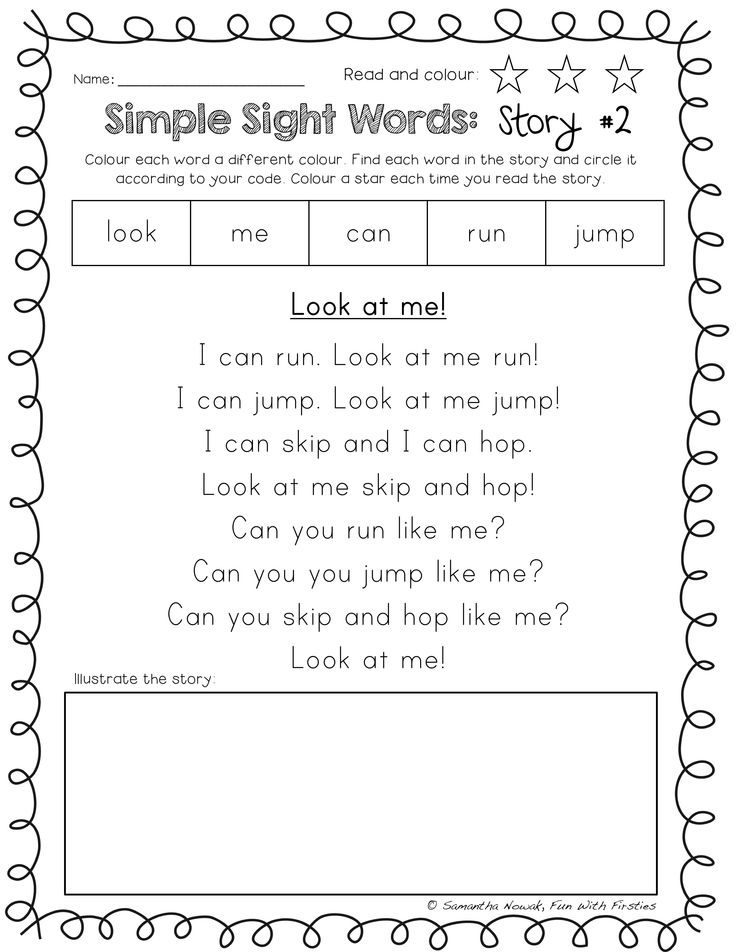 The game is set up so that the target only appears in the picture for the weak eye; depending on its position, you need to shoot or wait for it to disappear. The wrong choice will turn into a target with a powerful boss - a good motivation for training the "lazy eye". 40 hours of playing for five weeks on such a simulator improved the patients' vision by an average of 27%. nine0005
The game is set up so that the target only appears in the picture for the weak eye; depending on its position, you need to shoot or wait for it to disappear. The wrong choice will turn into a target with a powerful boss - a good motivation for training the "lazy eye". 40 hours of playing for five weeks on such a simulator improved the patients' vision by an average of 27%. nine0005
Now many foreign clinics work with special games for the correction of amblyopia. Even leading developers have joined in their creation: in 2016, researchers from the Retina Foundation in Texas, together with Ubisoft, released the Dig Rush game for the iPad. As with custom Tetris, you will need 3D glasses and proper contrast settings to use it. The eyes will receive different information from the screen, which will force the brain to process the image from both channels and do it together - exactly what is needed for treatment. nine0005
With experience, doctors and scientists came to the conclusion that they could not do without experienced developers and already existing games. Dr. Levy found the most banal explanation for this.
“Commercial games are a must for us because their developers know how to attract and captivate players. Our research has shown that almost half of the patients find the simulators we have created boring. Therefore, it is difficult for them to concentrate on the game, including visually. And existing games are designed to engage and hold attention." nine0005
Atari and DOOM games in the service of the US military
In the late 80s, video games were far from what modern users are used to. But even these first simulations proved to be useful... for the Israeli army! Psychologist Daniel Gofer, inspired by early research into the effects of games on reaction time and learning, suggested that the Israeli Air Force use the Space Fortress as a trainer for cadets.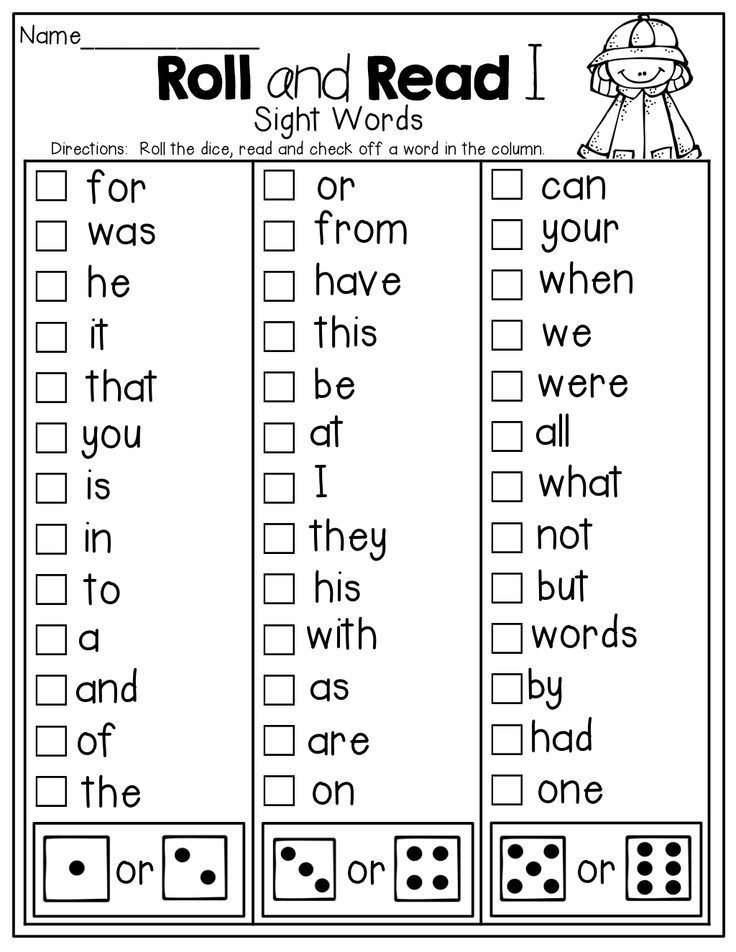
The toy is as simple as possible in logic and execution. The player is a jackdaw airplane whose task is to destroy the base in the center of the screen with shots, dodging enemy guns and mines. This simple space pilot simulator was played by 22 cadets for an hour for ten days. A control group of 25 students of the same year of study, level and physique at that time was engaged in a standard program. nine0005
It would seem that only 10 hours of playing the simplest 2D game, but what a result! After training, the cadets went through 8 test flights, ranging from simple tasks to complex piloting. Their success was evaluated by instructors who did not know how the participants in the experiment were distributed. As a result, cadets trained in Space Fortress scored 30% more points than their fellow students, having coped better with both the basics and non-standard tasks.
“The first explanation is that the functionality and required characteristics in both situations were quite similar.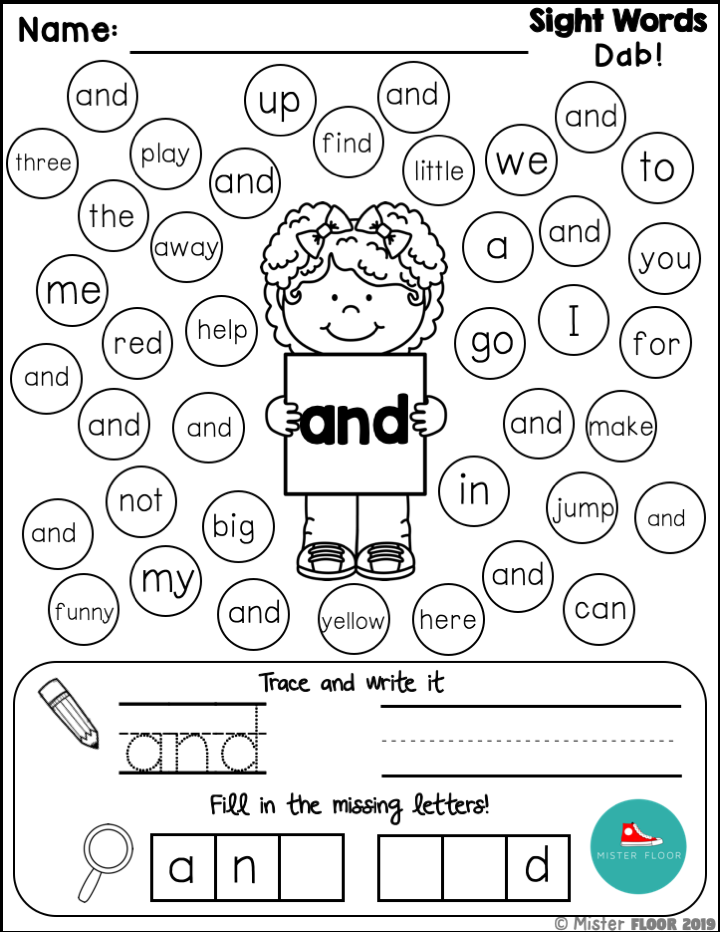 So the attention strategies that were developed during training in the game were also effective in real flight, Gofer explained the results. "Another possible explanation is that SF players have learned the value of exploring alternative responses in a context that may be relevant to flight." nine0005
So the attention strategies that were developed during training in the game were also effective in real flight, Gofer explained the results. "Another possible explanation is that SF players have learned the value of exploring alternative responses in a context that may be relevant to flight." nine0005
Whatever the scientists' explanation for this phenomenon, the results so impressed the Israeli Air Force leadership that they quickly took the Space Fortress into real service and introduced simulator training into the pilot training program. Later, a similar experiment was successfully carried out with helicopter pilots in the United States. And they also thought about using the game at training bases.
However, this was far from the first flirtation of the American army with computer games. According to Christopher Guerr of Carnegie Mellon University, at 19In 1962, the Pentagon ordered the creation of a simple simulator called Spacewar - a game with two ships that fired at each other. And in the 70s, the military turned their attention to the Atari series, especially the Battlezone. It was one of the first games to use 3D space, and luckily it was a first-person tank shooting game.
And in the 70s, the military turned their attention to the Atari series, especially the Battlezone. It was one of the first games to use 3D space, and luckily it was a first-person tank shooting game.
After watching and playing enough Atari, the US military invited the company's developers to create a special military version. As a result, only two vehicles were created, which were used for training shooters of the M2 Bradley infantry fighting vehicle. Even this was enough for the US Department of Defense to seriously take up computer games as a simulator. nine0005
“Games give us the opportunity to put ourselves in a situation, to go through it and consider it. Go back, change the scenario, go through it differently. Come back, do it again. I can go through an infinite number of scenarios, because this is not about the process of passing, but about the process of thinking. When the really dark times come, I can drop you anywhere, because you've already been through it, ”explained Lieutenant Michael Newell.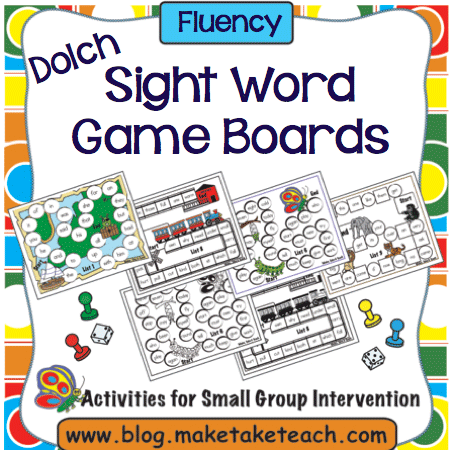
In 1993, the US Department of Defense allocated serious budgets to find a game that would suit the military for training and teach them critical thinking. Lieutenant Scott Barnett and Sergeant Dan Snyder rummaged through the collection of candidates and selected the worthy among them - DOOM. To begin with, the game was sent to military bases in its original form; the privates became interested and attended the trainings with pleasure. Meanwhile, the development team was busy creating a special version for the marines, where the three players had to work together and use realistic American weapons like the M-16. The modification became so popular that the Marines came to training even at night and lined up in the corridors. nine0005
However, the purpose of using shooters was not at all entertainment and attracting attention. Studies over the years show how different types of shooting games have a positive effect on the ability to switch from one task to another and make quick decisions.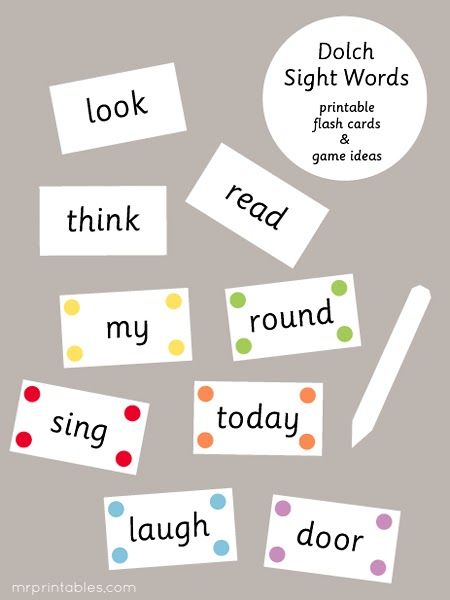 For example, a study by Laura Steinbergen and her team at the Leiden Institute demonstrated how shooters speed up people's responses when solving sequential fast tasks.
For example, a study by Laura Steinbergen and her team at the Leiden Institute demonstrated how shooters speed up people's responses when solving sequential fast tasks.
The study involved 36 boys and girls, 18 of whom were regular players in Call of Duty, Unreal Tournament, Half-Life 2 and Battlefield 2. To control their performance, scientists used a simple game. On the screen in front of the subjects were 4 circles arranged in a column and separated by lines. If one of the upper circles lit up, then the participant had to press the 8 key with his right hand, if the lower ones - 7.
Then the task became more difficult. When a red frame (stop light) appeared, the subject had to change his hand and listen to the sound signal. The center line from which the countdown is now determined by the pitch in the headphones. The participant had to evaluate the sound, correlate it with the line, and then determine whether the illuminated circle was above or below.
In all experiments, shooter players showed a higher reaction rate.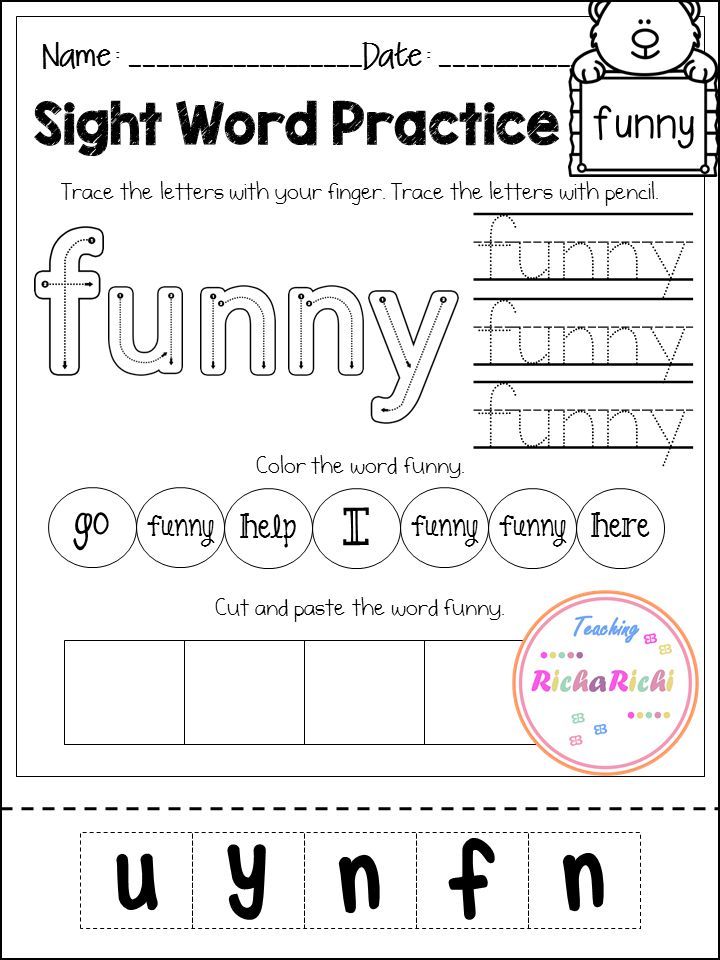 In the case of the sound experiment, their average scores were 10-20% higher than those of non-gaming participants. nine0005
In the case of the sound experiment, their average scores were 10-20% higher than those of non-gaming participants. nine0005
In addition, in 2018, scientists from Singapore and the United States proved that shooters have not only a cumulative, but also an instantaneous effect. According to their study, just 30 minutes of playing Unreal Tournaments will increase focused attention, visual memory, and spatial reasoning. The effect of the gaming session lasted for 30 minutes.
“This is nothing new. Many commanders have used games as a way to hone their combat skills. For example, we played military board games, which we later replaced with Starcraft and games based on it,” said Adam Volker, who served in the US Army several years ago. When the satirical publication Duffel Blog wrote that the American army was using Starcraft as a simulator, the authors had no idea how close they were to the truth. nine0005
In 2013, the effectiveness of RTS games for developing cognitive flexibility was proved by a group of scientists from the University of Texas.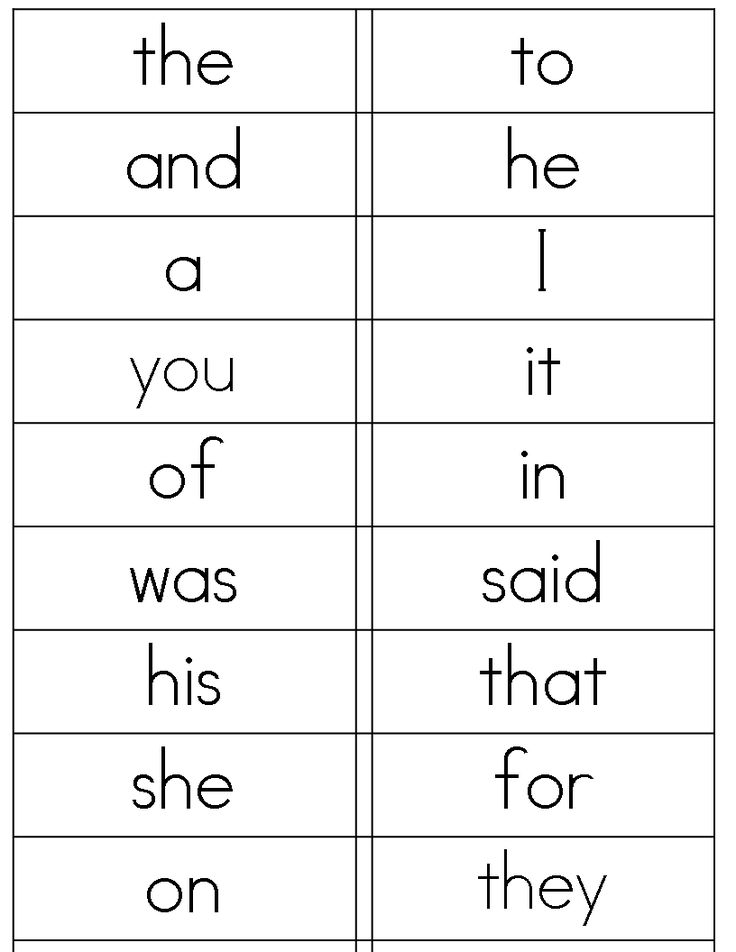 Some of the participants in the experiment were asked to play Starcraft for an hour every day, the other part to play Sims 2. After 40 days, the researchers conducted tests on cognitive abilities, including the ability to switch from one task to another, filter information and visually search for objects. Starcraft players showed significantly better results with equal starting data. nine0005
Some of the participants in the experiment were asked to play Starcraft for an hour every day, the other part to play Sims 2. After 40 days, the researchers conducted tests on cognitive abilities, including the ability to switch from one task to another, filter information and visually search for objects. Starcraft players showed significantly better results with equal starting data. nine0005
US military research confirms outside data. In 2010, the US Naval Research Office found that gamers are better at combat missions.
"Gamers' perception and cognition is 10 to 20 percent higher than people who don't play games," said Ray Perez, management officer. He also pointed out that video game enthusiasts have better short-term memory and focus on tasks more easily. The U.S. military may not have started hunting down gamers, but it certainly took games seriously as a training tool. nine0005
Although the US Army started out with third-party commercial games, it eventually ended up with its own simulators. In 2002, the famous America's Army appeared - a whole range of games for PC, and then XBOX and mobile platforms. It even received awards from GameSpy and was named the best first-person shooter by Wargamer. Other simulators based on existing games simulate the rescue of the wounded, the management of a military camp or the clearance of an area - less time and resource costs than conventional exercises. And Tactical Iraqi did not teach military operations, but the cultural features, gestures and language of the inhabitants of Iraq. nine0005
In 2002, the famous America's Army appeared - a whole range of games for PC, and then XBOX and mobile platforms. It even received awards from GameSpy and was named the best first-person shooter by Wargamer. Other simulators based on existing games simulate the rescue of the wounded, the management of a military camp or the clearance of an area - less time and resource costs than conventional exercises. And Tactical Iraqi did not teach military operations, but the cultural features, gestures and language of the inhabitants of Iraq. nine0005
However, with all the variety of special video games, employees and their commanders have not abandoned the classic commercial franchises. In 2017, The Conversation spoke with 15 members of the US military to discuss the impact of shooters on education and training.
“Most of them said it's important to keep thinking like a soldier even when you're off duty. And for them, first-person shooters were the perfect tool,” the article says. “Soldiers prefer different games, but Ghost Recon Advanced Warfighter 2 and ARMA 2 are the most popular.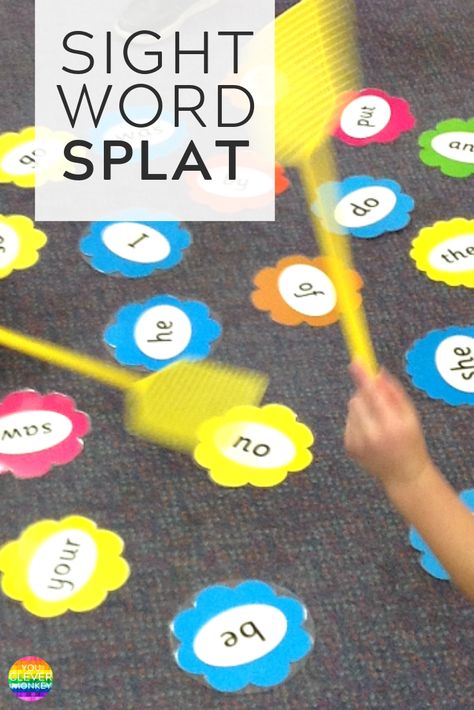 ” nine0005
” nine0005
Tetrisotherapy for bad memories
Stories of teenagers avoiding problems by immersing themselves in computer games are not uncommon. Many see this as an attempt to escape from reality. And Dr. Emily Holmes, professor of psychology at the Department of Clinical Neurology at the Karolinska Institute, decided to use this as a tool. For the past 10 years, she, together with a group of scientists from various clinics and universities, has been studying how regular Tetris can reduce the manifestations of post-traumatic stress syndrome. nine0005
The doctor of psychology published her first study back in 2009. Then she put forward the theory that performing visual-spatial cognitive tasks (namely playing Tetris) would compete for the resources that the brain uses to form negative memories. Human abilities are simply not enough to complete two tasks simultaneously and completely.
To prove her theory, she gathered 40 participants in the experiment. They all watched a 12-minute film with scenes of violence and death.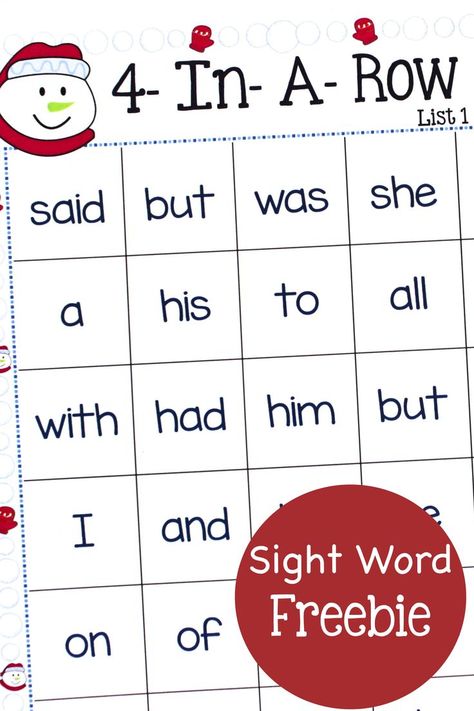 After a half-hour break, the subjects were divided into two groups: some had to sit quietly for 10 minutes, while others had to play Tetris at the same time. During this time, they had to indicate how many times they had flashbacks related to the movie they watched. Already at this stage, participants with Tetris in their hands recalled the traumatic experience 3 times less. nine0005
After a half-hour break, the subjects were divided into two groups: some had to sit quietly for 10 minutes, while others had to play Tetris at the same time. During this time, they had to indicate how many times they had flashbacks related to the movie they watched. Already at this stage, participants with Tetris in their hands recalled the traumatic experience 3 times less. nine0005
Next, during the week, the subjects had to keep a diary in which they indicated the frequency of flashbacks about the video. The Tetris players, on average, reminded themselves of the movie three times. The control group mentioned him up to eight times a week. In addition, laboratory scientists have shown that after play therapy, participants suffered from fewer symptoms of psychological trauma.
“Presumably, the Tetris effect is not limited directly to the period after the injury, but may continue to compete for the visual-spatial resources of the brain later. For example, Tetris images can invade during sleep, a period when memory consolidation occurs,” Emily Holmes added to her findings. nine0005
nine0005
However, the idea of such a replacement of memories and emotions was not new, so the doctor and her colleagues continued to study the influence of Tetris. Psychologists enthusiastically joined the study of the problem: there were enough patients with post-traumatic syndrome in clinics, but there were not enough places in therapy groups.
In December 2018, a research team at the University Hospital Bochum, in collaboration with Emily Holmes, published a study on the use of Tetris as part of therapy. To confirm the success of the experiment, the scientists studied the reactions of 20 real patients. Those received the usual treatment at the Department of Psychosomatic Medicine and Psychotherapy, but at the same time they performed an additional task: they wrote down negative memories on a piece of paper, tore it up, and then sat down to Tetris for 25 minutes. nine0005
After a few days of using this exercise, the number of flashbacks in the participants of the experiment began to decrease.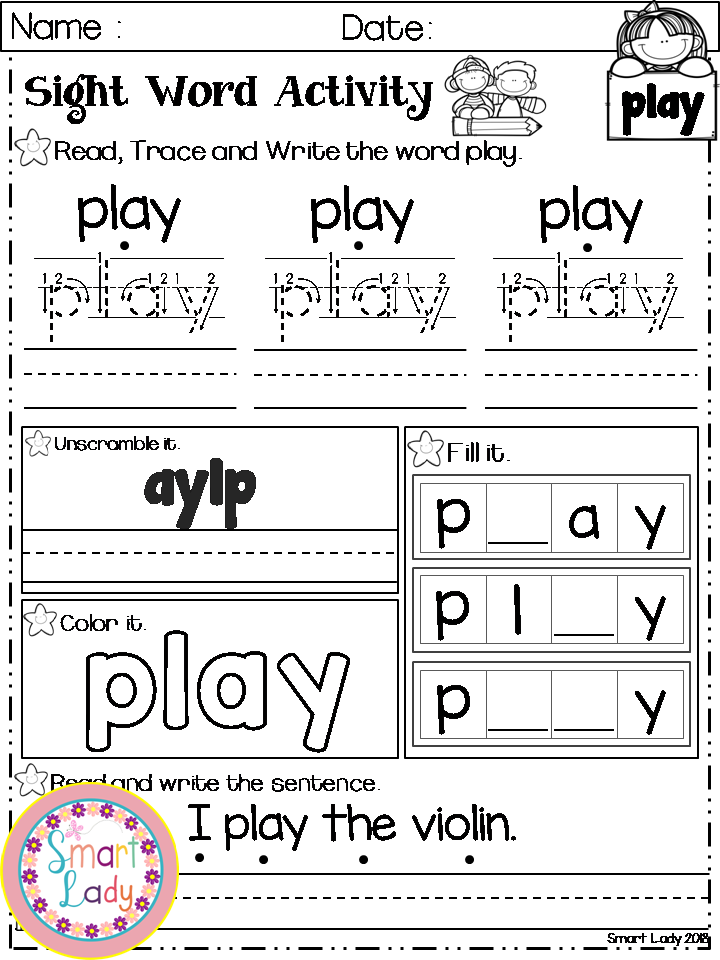 In general, during therapy, the number of negative memories described on paper decreased by 64%. Those events that were not mentioned during therapy appeared in memory only 11% less often than before the start of the course. Overall, 16 out of 20 patients felt the positive effects of regular Tetris and continued to practice the exercise at home.
In general, during therapy, the number of negative memories described on paper decreased by 64%. Those events that were not mentioned during therapy appeared in memory only 11% less often than before the start of the course. Overall, 16 out of 20 patients felt the positive effects of regular Tetris and continued to practice the exercise at home.
“We hope to be able to develop a treatment that people can use on their own, even if there are no places in therapy groups. You need to understand that such exercises cannot replace complex therapy, but can alleviate the main symptom of trauma - flashbacks, ”explained Dr. Kessel, co-author of the experiment. nine0005
Finally, in 2015, Emily Holmes had the opportunity to test the effects of tetrisotherapy at the most critical moment. She used the game at the John Radcliffe Hospital, where witnesses and participants in car accidents were treated. The doctor managed to work with 71 patients of the clinic.
37 participants received special therapy. At the appointment with a specialist, they had to share their most frightening memory of the accident, and then play Tetris continuously for 10-20 minutes. The control group of 34 people also went to the doctor's office, talked about the incident, but then did not play, but filled out the table. They were asked to tell what the patients had been doing in the hospital before (writing, drawing, talking). The procedure took place no later than 6 hours after the car accident. nine0005
At the appointment with a specialist, they had to share their most frightening memory of the accident, and then play Tetris continuously for 10-20 minutes. The control group of 34 people also went to the doctor's office, talked about the incident, but then did not play, but filled out the table. They were asked to tell what the patients had been doing in the hospital before (writing, drawing, talking). The procedure took place no later than 6 hours after the car accident. nine0005
During the week, the patients filled out a diary, noting each negative memory associated with the accident. Already the first results were surprising: on average, Tetris players suffered from flashbacks almost 4 times less and finally got rid of them much faster.
“I think playing Tetris helped me focus and get my head back to normal. I didn't think too much about the accident when I was in the hospital. It was a bit strange to play Tetris back then, but looking back, I can say that it helped.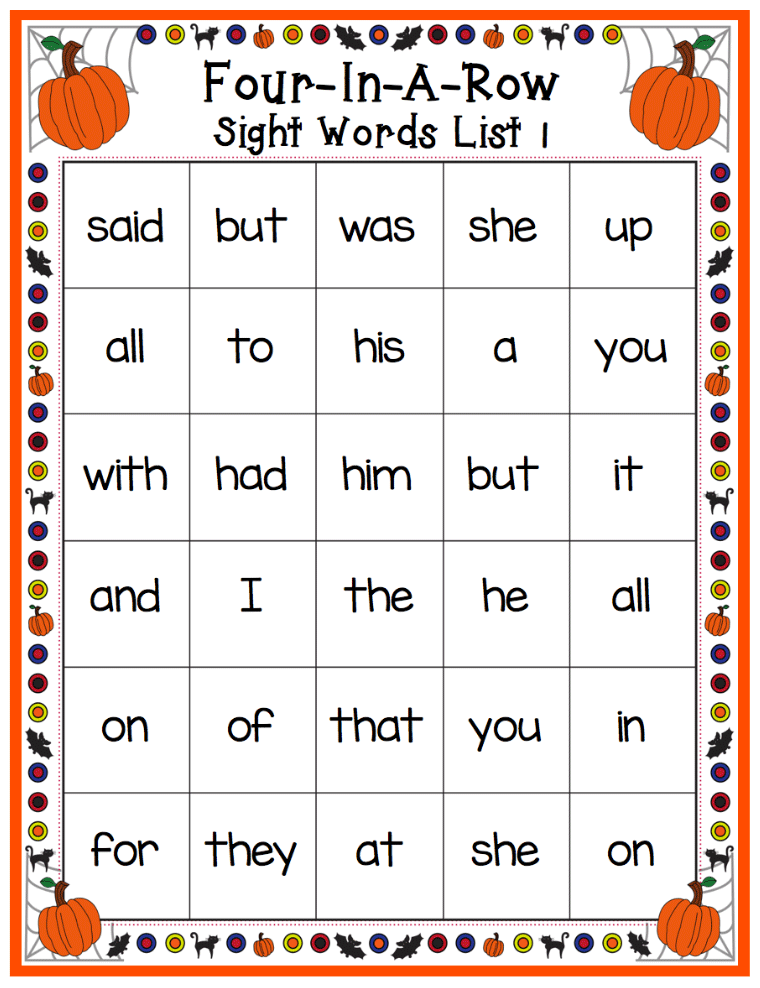 Thank you,” one of the program participants left a comment. Tetris helped him get rid of the obsessive image of a tree at the time of the collision. nine0005
Thank you,” one of the program participants left a comment. Tetris helped him get rid of the obsessive image of a tree at the time of the collision. nine0005
“Anyone can get hurt,” explains Dr. Holmes. “It would help a lot if we could develop simple psychological interventions using computer games to avoid suffering from PTSD and relieve patients of debilitating intrusive memories. Although this will require more research.”
The potential of video games doesn't stop there. American and European schools have been introducing Minecraft lessons into their educational programs for several years now. The creators of the game even developed a special training mod in which you can study the human structure, environmental problems and even chemistry. This was prompted by research that proved that Minecraft improves not only creativity, but also learning in children. Gradually, games become an integral part of rehabilitation, education, training, and even become a mandatory entertainment program in some nursing homes (they say that Mario 64 is great at helping to fight the first signs of senile diseases). nine0005
nine0005
The main thing is to know when to stop, so that later you don't have to be treated for Tetris addiction.
8 Computer Vision Case Studies
1. Self-Driving Vehicles
The largest computer vision stands belong to the automotive industry. After all, self-driving and semi-autonomous car technologies work, in large part, thanks to computer vision.
Products from NVIDIA, which has already made great strides in the field of deep learning, are used in many self-driving cars. For example, the NVIDIA Drive PX 2 supercomputer already serves as the base platform for Tesla, Volvo, Audi, BMW, and Mercedes-Benz drones. nine0005
NVIDIA's DriveNet artificial perception technology is a self-learning computer vision powered by neural networks. With its help, lidars, radars, cameras and ultrasonic sensors are able to recognize the environment, road markings, vehicles and much more.
NVIDIA and Audi plan to bring the first fully autonomous car to the track in 2020, which will use the new Xavier AI supercomputer.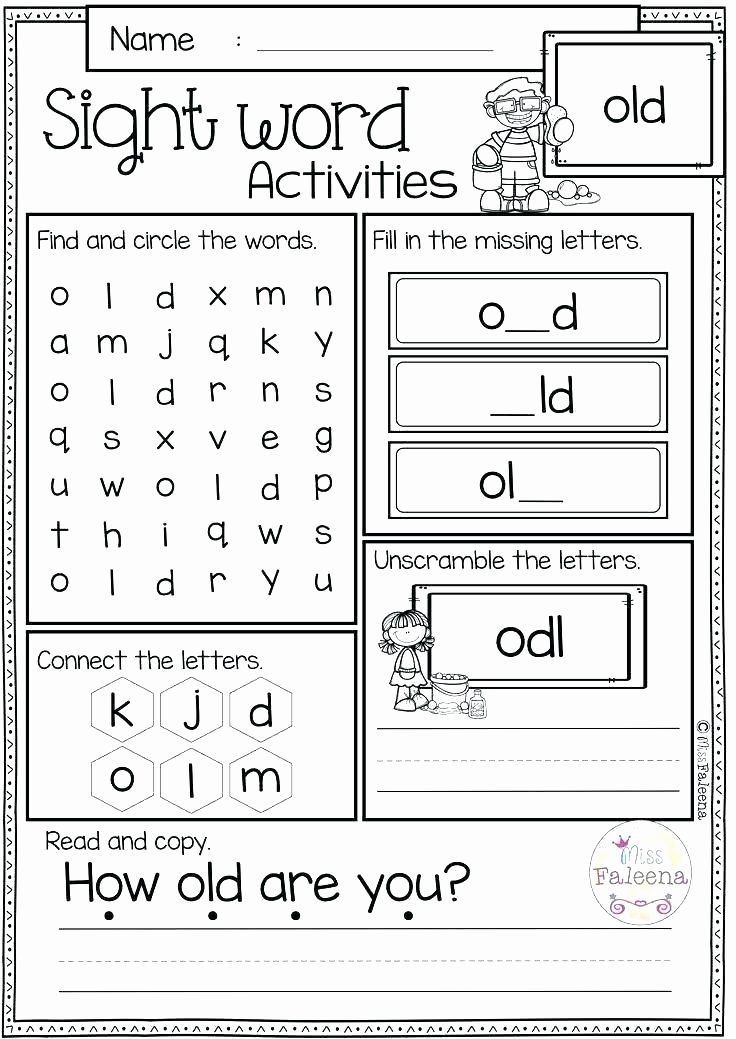
NVIDIA CEO Jen-Sang Huang introduces AI Co Pilot. Photo: NVIDIA
NVIDIA also introduced Co Pilot artificial intelligence, which is able to recognize faces, lip movements, gaze direction and language - which will make driving a car more convenient. So, for example, by recognizing the movement of the lips, the computer will better understand the spoken words, and the ability to capture the direction of gaze (analysis of the eyes, face and position of the head) will help not only determine if the driver has fallen asleep, but also save in difficult situations when a person does not notice danger, such as a motorcyclist approaching from behind in the center of the road. As far as lip reading is concerned, networks using deep learning are now able to recognize speech with an accuracy of 95%, while a person recognizes it with an accuracy of 3%. Now this incredible ability is being used to improve speech recognition in a car, namely in noisy situations.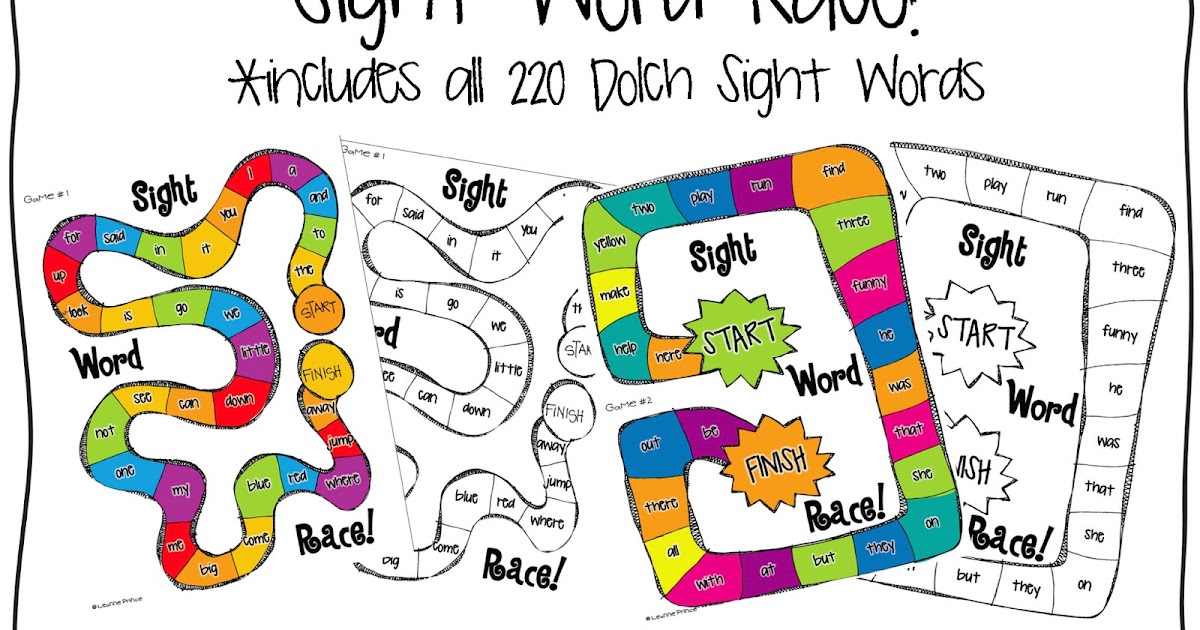
2. Personalization
In the future, facial recognition technology will improve the personalization of your car. Chrysler
Chrysler Portal Concept Car With the help of computer vision, the car can instantly determine the identity of the driver before they even get into the car, and download their favorite songs, adjust the seat to the desired position, adjust the temperature, and so on. The car can recognize not only the driver, but also passengers, and in the same way automatically adjust the seats and temperature, and even open noise-canceling "cocoons" in which you can listen to your favorite music. Such abilities will not only appeal to car owners, but could also greatly influence ridesharing services like Uber and Lyft. nine0005
3. Interfaces
Computer vision eye tracking technology is used not only in gaming laptops, but also in ordinary and corporate computers, so that they can be controlled by people who cannot use their hands.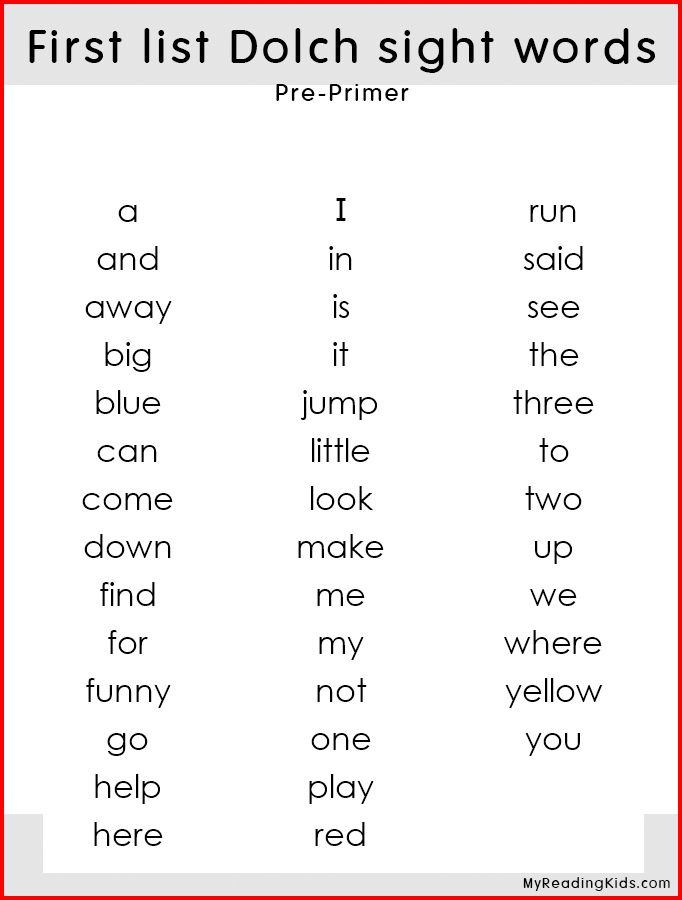 The Tobii Dynavox PCEye Mini is the size of a ballpoint pen and is the perfect discreet accessory for tablets and laptops. This eye-tracking technology is also used in new Asus gaming and regular laptops and Huawei smartphones. nine0005
The Tobii Dynavox PCEye Mini is the size of a ballpoint pen and is the perfect discreet accessory for tablets and laptops. This eye-tracking technology is also used in new Asus gaming and regular laptops and Huawei smartphones. nine0005
Meanwhile, gesture control (computer vision technology that can recognize specific hand movements) continues to evolve. It will now be used in future BMW and Volkswagen vehicles.
Photo: BMW
The new HoloActive Touch interface allows users to control virtual 3D screens and press buttons in space. We can say that it is a simple version of the real Iron Man holographic interface (it even reacts in the same way with a slight vibration to the pressing of elements). With technologies like ManoMotion, it will be easy to add gesture control to almost any device. Moreover, to gain control over a virtual 3D object using gestures, ManoMotion uses a regular 2D camera, so you do not need any additional equipment.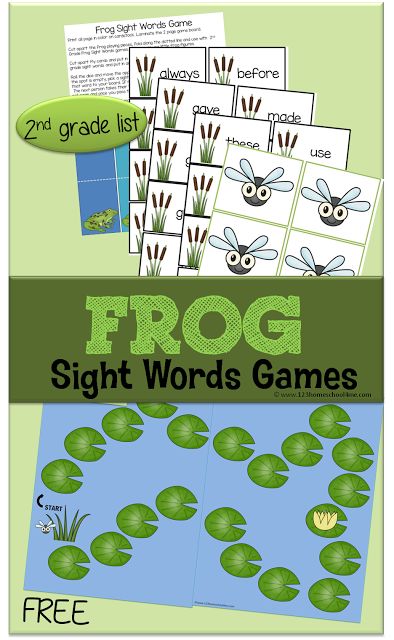 nine0005
nine0005
eyeSight's Singlecue Gen 2 uses computer vision (gesture recognition, face analysis, action detection) and allows you to control your TV, smart lighting system and refrigerators with gestures.
Hayo
Hayo's crowdfunding project is perhaps the most interesting new interface. This technology allows you to create virtual controls throughout your home - simply by raising or lowering your hand, you can increase or decrease the volume of music, or turn on the light in the kitchen by waving your hand over the countertop. It all works thanks to a cylindrical device that uses computer vision, as well as an integrated camera and 3D, infrared and motion sensors. nine0005
4. Home Appliances
Expensive cameras that show you what's inside your fridge don't seem so revolutionary anymore. But what about an app that analyzes the image from your fridge's built-in camera and tells you when you're running out of certain foods? Smarter FridgeCam
Smarter Smarter The device is sold at an unexpectedly affordable price - just $100.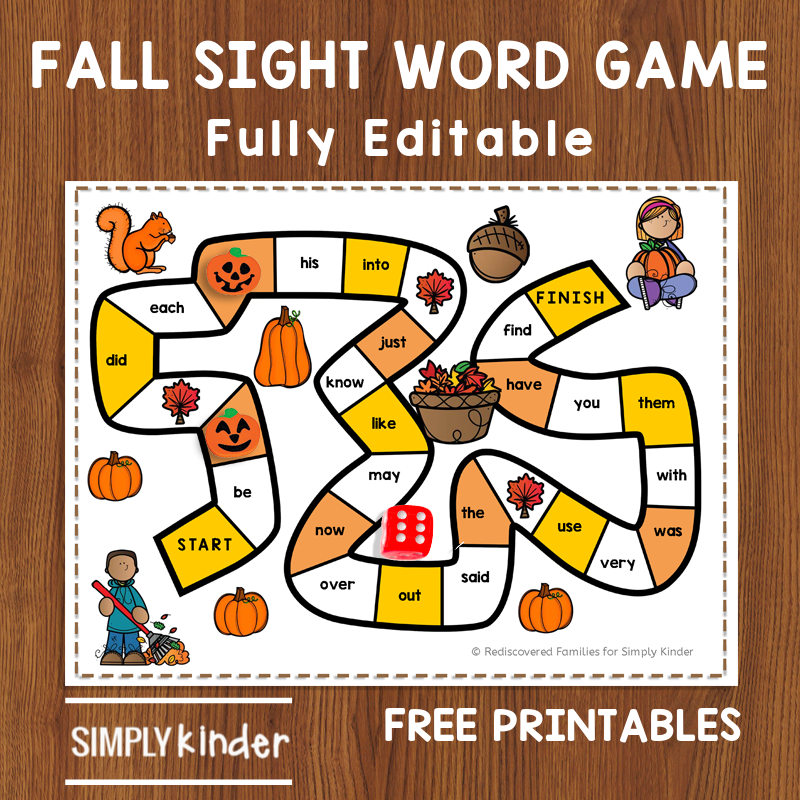 nine0005
nine0005
5. Digital signage
Computer vision can change the way banners and advertisements look in stores, museums, stadiums and amusement parks.
A demo version of flag projection technology was presented at the Panasonic booth. With the help of infrared markers that are invisible to the human eye and video stabilization, this technology can project advertisements onto hanging banners and even flags fluttering in the wind. Moreover, the image will look as if it is really printed on them. nine0005
6. Smartphones and augmented reality
Pokemon Go has been described by many as the first mainstream augmented reality (AR) app. However, like other apps that try to hop on an AR train, this game made more use of GPS and triangulation to give users the impression that the object was right in front of them. Smartphones typically do not use real computer vision technologies at all.
Smartphones typically do not use real computer vision technologies at all.
Photo: CNET
However, in November, Lenovo released the Phab2, the first smartphone to support Google Tango technology. This technology is a combination of sensors and computer vision software that can recognize images, videos and the world in real time using a camera lens.
Photo: Lenovo
At CES, Asus debuted the ZenPhone AR, a Tango and Daydream VR enabled smartphone from Google, for the first time. The smartphone not only can track movements, analyze the environment and accurately determine the position, but also uses the Qualcomm Snapdragon 821 processor, which allows you to distribute the load of computer vision data. All this helps to apply real augmented reality technologies, which actually analyze the situation through the smartphone camera. nine0005
Changhong h3, the first smartphone with a built-in molecular scanner, will be released later this year. It collects the light that is reflected from the object and splits it into a spectrum, and then analyzes its chemical composition. Thanks to computer vision software, the information obtained can be used for a variety of purposes, from prescribing medications and counting calories to determining the condition of the skin and calculating the level of fatness.
On September 15, the big data conference Big Data Conference will be held in Moscow. The program includes business cases, technical solutions and scientific achievements of the best specialists in this field. We invite everyone who is interested in working with big data and wants to apply it in real business. Follow Big Data Conference at Telegram and Facebook . |
7. Cameras
The main use of computer vision is in cameras – this is how smart cameras with new abilities exceed human capabilities. nine0005
FLiR Systems has released several cameras with heat sensors. The FLIR Duo and Duo R devices look like a GoPro or other action camera. They can be attached to any drone and track heat in a variety of business and domestic situations, such as detecting a leak in roof insulation or conducting aerial topographic surveys of fields and oil fields.
8. Robots
Even Amazon's Alexa, Google Home, and other digital assistants and robots available on the market, such as Mayfield Robotics' LG Hub and Kuri, have basic computer vision skills and can detect who is talking to them, or else kick the dog off the couch. nine0005
Photo: heykuri.com
But seriously, ITRI has developed the Intelligent Vision System, which uses deep learning and computer vision to allow robots to distinguish between objects of different sizes (figurines, cups) and determine their position.